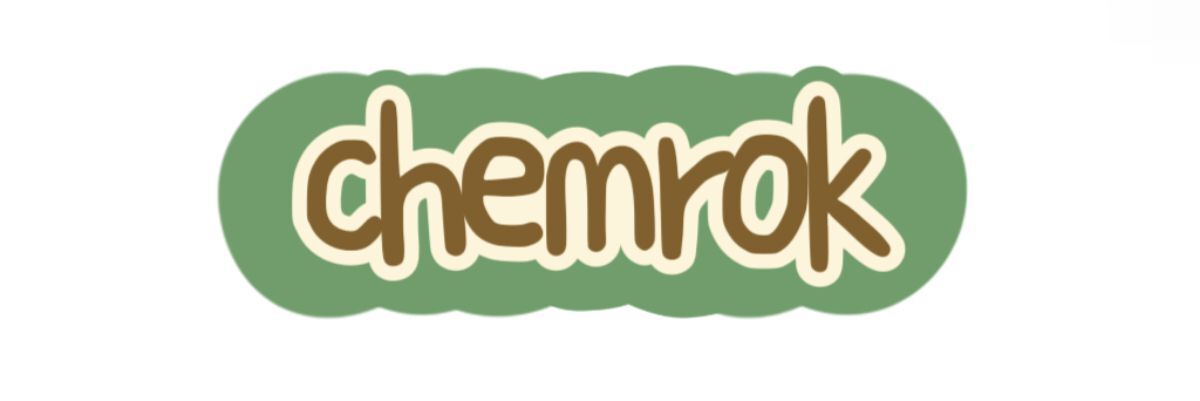Key Considerations for High Temperature Conveyor Belt Selection
When considering conveyor systems for high-temperature applications, the choice of the right conveyor belt can significantly impact efficiency, safety, and overall operational success.
For more information, please visit High Temperature Conveyor Belt.
Understanding High Temperature Conveyor Belts
High temperature conveyor belts are designed to withstand extreme temperatures, often exceeding standard material limitations. From industries like metallurgy to food processing, these conveyor belts play a critical role in ensuring smooth operations.
Material Composition and Properties
The material of the conveyor belt is a primary factor when selecting a high temperature conveyor belt. Key materials include:
- PTFE (Polytetrafluoroethylene): Excellent heat resistance and suitable for temperatures up to 260°C (500°F).
- Silicone: Ideal for food processing, withstanding temperatures up to 280°C (536°F).
- Aramid: Provides excellent strength and is suitable for applications operating between 200°C - 300°C (392°F - 572°F).
Considerations for material choice include:
- Temperature tolerance: Ensure the belt can handle the specific temperatures of your application.
- Chemical resistance: Evaluate if the belt material can resist the chemicals involved in your process.
- Mechanical properties: Look for tensile strength and flexibility under high temperatures.
Applications for High Temperature Conveyor Belts
High temperature conveyor belts find application across various industries. Key sectors include:
- Metal Processing: Used for transporting hot metal parts, these belts must endure extreme heat and weight.
- Baking and Cooking: Silicone belts are often used in oven applications, ensuring safe transport of baked goods.
- Glass Manufacturing: Belts must tolerate high temperatures during various processes without deforming.
Common Problems and Solutions
When working with high temperature conveyor belts, several challenges may arise. Below are common issues and practical solutions:
Belt Deformation:
Explore more:
Essential Tips for Overcoming Common Issues in Buying Iron Oxide Powder- Solution: Choose a robust belt material with high tensile strength, like aramid, to resist warping under heat.
What Are the Benefits of Green Iron Oxide Pigment?Adhesion Failure:
- Solution: Ensure proper surface preparation and adhesive selection based on temperature and chemical exposure.
Mechanical Breakdowns:
- Solution: Regular inspections and maintenance can help identify wear and tear, allowing for timely replacements before failure occurs.
Key Factors in Selection Process
Selecting a high temperature conveyor belt requires a careful assessment of several factors:
- Temperature Range: Identify both maximum and minimum operating temperatures for your application.
- Load Capacity: Evaluate the expected load during operation to prevent overloading the belt.
- Belt Speed: Determine the required speed of transport to optimize productivity.
- Environmental Conditions: Consider exposure to moisture, chemicals, or abrasives which may affect the belt’s lifespan.
Testing and Compliance
Before implementing a high temperature conveyor belt, ensure it meets industry standards for safety and functionality. Consider conducting:
- Thermal tests: To verify the belt's performance at extreme temperatures.
- Load tests: To check the belt’s load capacity under operational conditions.
By conducting these tests, you can minimize risks associated with belt failure and ensure long-lasting operation.
Conclusion
Choosing the right high temperature conveyor belt is essential for maintaining operational efficiency in high-temperature environments. By taking into account the material characteristics, application needs, and potential challenges, businesses can make informed decisions that lead to successful outcomes. Remember to perform thorough testing and comply with relevant industry standards to ensure safety and reliability.
If you’re looking to enhance your operational efficiency with a high temperature conveyor belt, consult with a specialist today to find the most suitable options tailored to your specific needs.
Want more information on Corrugated Conveyor Belt? Feel free to contact us.

